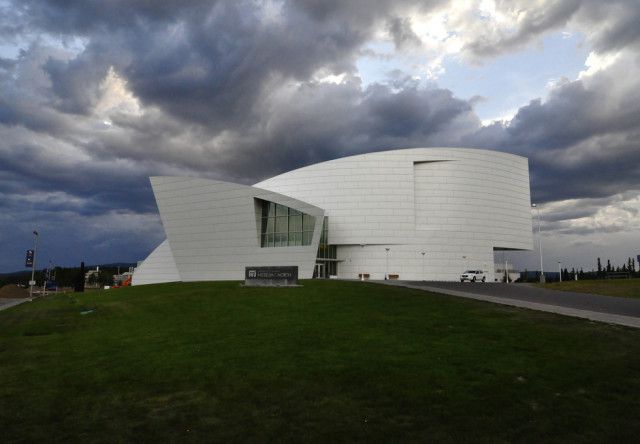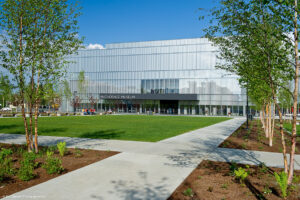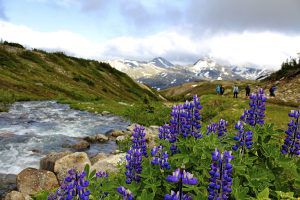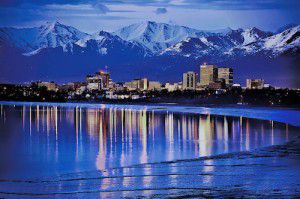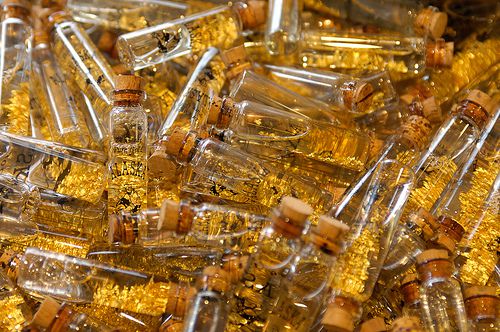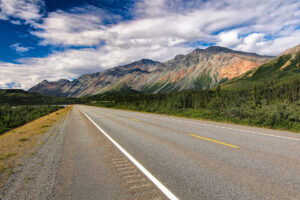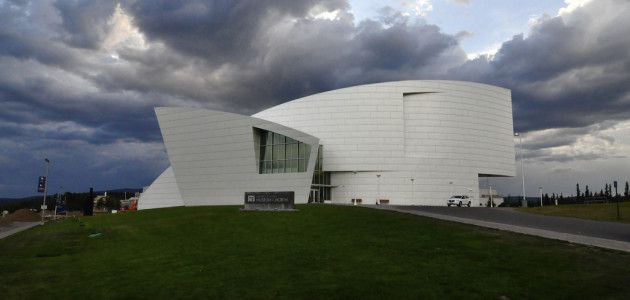
This photo is used under a Creative Commons license by y entonces.
As a U.S. state, Alaska’s history dates back just over half a century. But the area known as the “Great Land” has a history dating back thousands of years and tells the colorful stories of a place that has gone through enormous changes while maintaining its pristine wilderness and cultural diversity. Alaska’s contrasts are what make it such a special place. The state boasts untouched backcountry and modern cities, dark winters and summers with seemingly never-ending daylight, as well as traditional Native lifestyles alongside a booming oil and gas industry.
As you travel around the state, we recommend taking the time to step foot in some of the museums scattered around Alaska’s communities. Walking into these museums is often like stepping into a storybook that transports you to another time and place, thanks to testimonials, photos and writings by local folks who were alive at the time. For example, at the Valdez Museum the story of the 1964 Good Friday Earthquake comes to life and the City of Skagway Museum has a collection of Klondike Gold Rush artifacts. The Anchorage Museum at Rasmuson Center and the University of Alaska Fairbanks Museum of the North deserve a spot on your itinerary as well, as they each showcase captivating permanent and temporary exhibits that paint a detailed picture of the state.
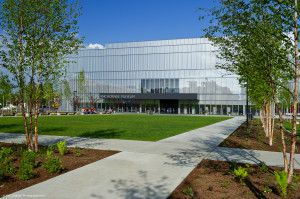
The Anchorage Museum at Rasmuson Center is located in the heart of downtown Anchorage, just a short walk from the Westmark Anchorage Hotel. The museum was recently renovated and expanded with a new section and a modern glass exterior that reflects the city sunrises and sunsets, and stands out beautifully against the backdrop of the Chugach Mountains. This museum features permanent exhibits on Alaska art, history, science and Native cultures, including the Smithsonian Arctic Studies Center; the Imaginarium Discovery Center, a favorite among young Alaskans and their parents; and the Thomas Planetarium.
Currently on display is an exceptionally noteworthy exhibit titled “Gyre – The Plastic Ocean,” running through Sept. 6. This exhibit explores the relationship between humans and the ocean in a contemporary culture of consumption through the work of more than 20 national and international artists. If you happen to be in Anchorage this week, stop by the museum and check out “Re/Marks,” an exhibit of work by Alaska Native artists highlighting traditional stories and aesthetics in innovative, contemporary ways. The show runs through March 16. Visit the museum’s website for a listing of upcoming exhibits and other special events worth checking out.
About an eight-hour drive or one-hour flight north of Anchorage in Fairbanks, is the University of Alaska Museum of the North, located on the campus of the University of Alaska Fairbanks. A popular visitor attraction and a thriving research center, the Museum of the North displays Alaska’s history through 2,000 years of traditional and modern art, including ancient ivory carvings and Alaska Native objects used for ceremonies or for everyday life. You will also find paintings, photographs and sculptures that shed light on the trends and influences behind the work.
The museum is currently displaying “Denali Legacy: 100 years on the Mountain,” a temporary exhibit running through April 12 that showcases the story of a group of men who used only their strength and intelligence to climb to the peak of Denali, North America’s tallest peak at 20,237 feet. Also on display, “The place where you go to listen” is a special sound and light exhibit created by composer John Luther Adams. Adams manipulated light and sound to turn the space into an ecosystem environment. Upcoming in May and running through April 26, 2015, visitors will have the opportunity to explore R/V Sikuliaq, a newly-constructed, state-of-the-art research vessel that will travel the Arctic on a quest to answer many of science’s questions about the region and climate change.


